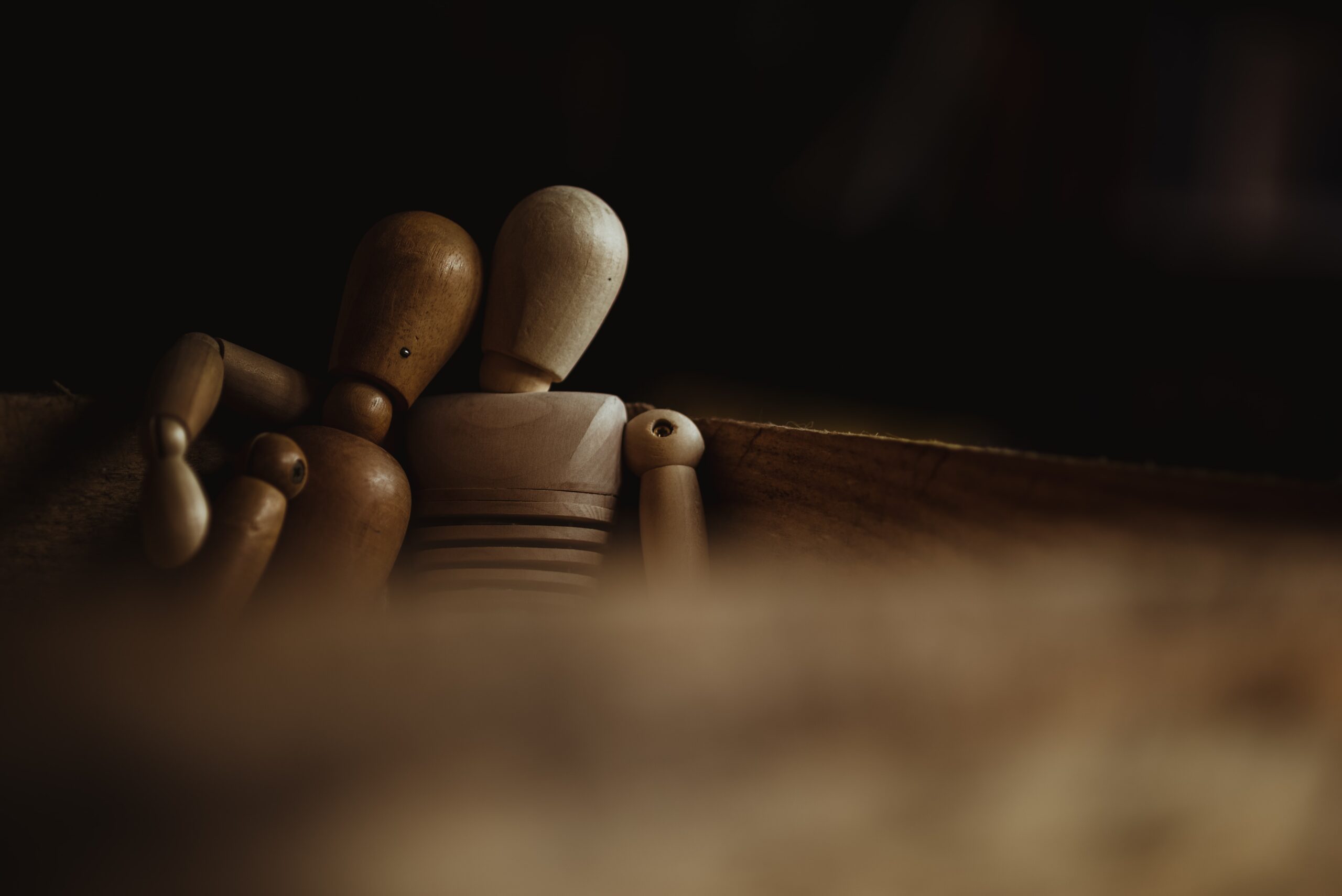
by Keith Adams
Rehabilitation, in the sense of returning something to its intended purpose or aim, is a creative act. But in many important ways, it differs from the act of creating something on a blank canvas or developing it from scratch. Rehabilitation, like creation, requires a vision or imagination for the environment or person to be restored. Yet, creation from scratch may not consider the centrality of relationship, interconnectedness, and story in the way that a rehabilitative act does.
Each essay in this issue of Working Notes considers the role of rehabilitation and suggests that central to this act is the presence of relationship. The articles run the gamut of rehabilitative acts that are present in our society; addressing rehabilitation of the person, and of our built and natural environments. This issue also contains two firsts for Working Notes: the inclusion of an essay on probation practice, as it is impossible to reflect upon the rehabilitation of people who have been deemed to have offended without considering probation; and a deeply personal theological essay on a journey towards peacemaking and reconciliation.
In the sphere of criminal justice and penal reform, Dr Deirdre Healy of the UCD Sutherland School of Law and Dr Louise Kennefick of the University of Glasgow have collaborated to produce “’Advise, assist and befriend’: Client Perspectives on Probation from the 1980s to Present-day”. Based on findings from semi-structured interviews with male participants who experienced probation from the 1980s onwards, their essay explores participant perspectives on how the “advise, assist and befriend” philosophy was experienced by those under supervision during a seminal period in the history of the Service. Mapping the trajectory of practice, Healy and Kennefick note that “friendship remained a central feature of probation supervision for many during the 1980s” while, in recent decades, there has been “a shift away from the friendship ideal towards a more collaborative, but ultimately more bounded, professional relationship.”
Shifting towards our built environment and housing vacancy, this strand of relationship and interconnection is picked up by Dr Kathleen Stokes of the University of Galway in the essay, “Rehabilitating Vacancy”. Adroitly side-stepping what is often a heated political discourse in the midst of a housing crisis, she argues for a more holistic approach to understanding housing vacancy and its solutions, and then encourages usto reflect on the wider conditions surrounding vacancy’s production, persistence, and rehabilitation. Stokes posits that “a single approach cannot be devised to ‘solve’ vacancy, but that doesn’t mean rehabilitation is out of reach.” Following a guided tour of housing vacancy, beginning close to our JCFJ offices, the essay also contains photos by my colleague with explanatory notes by the author about some of the most easily recognisable sites of vacancy and rehabilitation in Dublin—O’Devaney Gardens, Stone Villa, North Circular Road and Bridgefoot Street Park.
In a personal essay, entitled “A Presbyterian meets the Pope”, Rev. Steve Stockman, a Presbyterian Minister at Fitzroy Church in Belfast, takes us on a journey—at various times moving, humorous and theological—from his youth in Ballymena to the Private Library in the Apostolic Palace at the Vatican. Stockman indeed ponders its ludicrousness, “How did a Presbyterian from Ballymena, the Bible Belt of Northern Ireland, end up in a private audience with the Pope? It is quite a journey. It is my journey.” He recounts how he and Fr Martin Magill addressed the 2015 Sinn Féin Ard Fheis in Derry together, and spoke about grace— the unconditional love of God—and their firm belief that only by grace could relationships be restored. The simplicity of friendship provided the soil for this work to take root. The challenge of peacemaking and the rehabilitation of relationships is daily work in a post-conflict region and adds weight to Stockman’s theological reflection on his journey that the “[t]he work of the Kingdom of God is reconciliation.”
Considering our natural environment, my JCFJ colleague Dr Ciara Murphy makes a cogent case for rewilding practice to be greatly expanded as “rewilding is crucial to help shift our relationship with nature from one of domination and control to partnership.” In her essay, “Rewilding: Biodiversity’s Ability to Heal”, she explains why biodiversity is crucial, not just because of its intrinsic value but for “its contribution to ecological functioning and the role it plays in our climate response.” Echoing concerns raised in Stokes’ essay, Murphy considers how we can change our relationship with biodiversity and how policy should reflect the particular requirements of different sites.
In this issue’s closing essay, “Prisoner Rehabilitation: Challenges, Risks Upon Release, and Barriers to Integration,” Pauline Conroy, a member of a Prison Visiting Committee, discusses the challenges to rehabilitation within our prisons, the risks for former prisoners upon release, and barriers to integration to society. She asks the reader to reflect upon whether we, as a society, are doing enough to assist people in prison to start and continue on the journey of rehabilitation, saying “a prison system cannot offer rehabilitation but it can offer opportunities for prisoners to rehabilitate themselves.” If a prisoner is met with constant barriers upon the completion of a sentence, Conroy suggests that their punishment endures.
I have suggested that rehabilitation is a noble pursuit because it is a creative act and requires vision and imagination. But these insightful essays, taken as a whole illustrate that rehabilitation is an act of hope. It says that no person should be disregarded, that relationships in a post-conflict region can be restored, and that our built and natural environments can be rehabilitated in ways that are just, and create spaces in which both humans and biodiversity can thrive. This should encourage us all to view our worlds a little differently, and to move forward with a renewed hope for the future.
To To download a pdf of this essay click here

